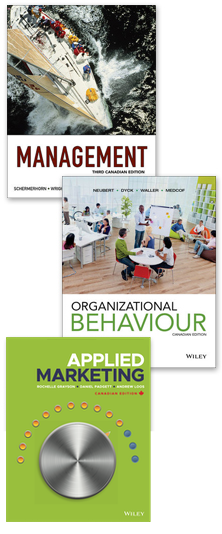In recent years, there have been several cases of widespread illness associated with food contamination. There is growing concern about the quality of our food supplies and how these are processed. Monitoring of food processing facilities is limited. The present article suggests that audits themselves are tainted because the companies being audited pay for the service. This makes audit firms less likely to point out serious problems.
QUESTIONS:
M1. Look at the definitions for ethics and ethical behavior. Why are laws not sufficient to ensure ethical behavior?
M2. Explain why the situation described in the article is an ethical dilemma from the standpoint of each of the following: food manufacturers, food suppliers, and audit firms.
M3. Consider the practice of third-party audits. A food manufacturing company purchasing products from a supplier requires an audit, but the audit expense is paid by the supplier who also selects the auditor. Pretend you the owner of a food manufacturing company and you are about to follow this practice. What level of moral development are you displaying? Why? In terms of food safety, what level should you display?
M4. What are some ways that the food industry could continue to police itself and maintain high ethical standards?
SOURCE: E. Weise, “Food Safety Auditors Are Often Paid By the Firms They Audit,” USA Today (Retrievable online at http://www.usatoday.com/money/industries/food/2010-10-01-foodaudits01_ST_N.htm)

